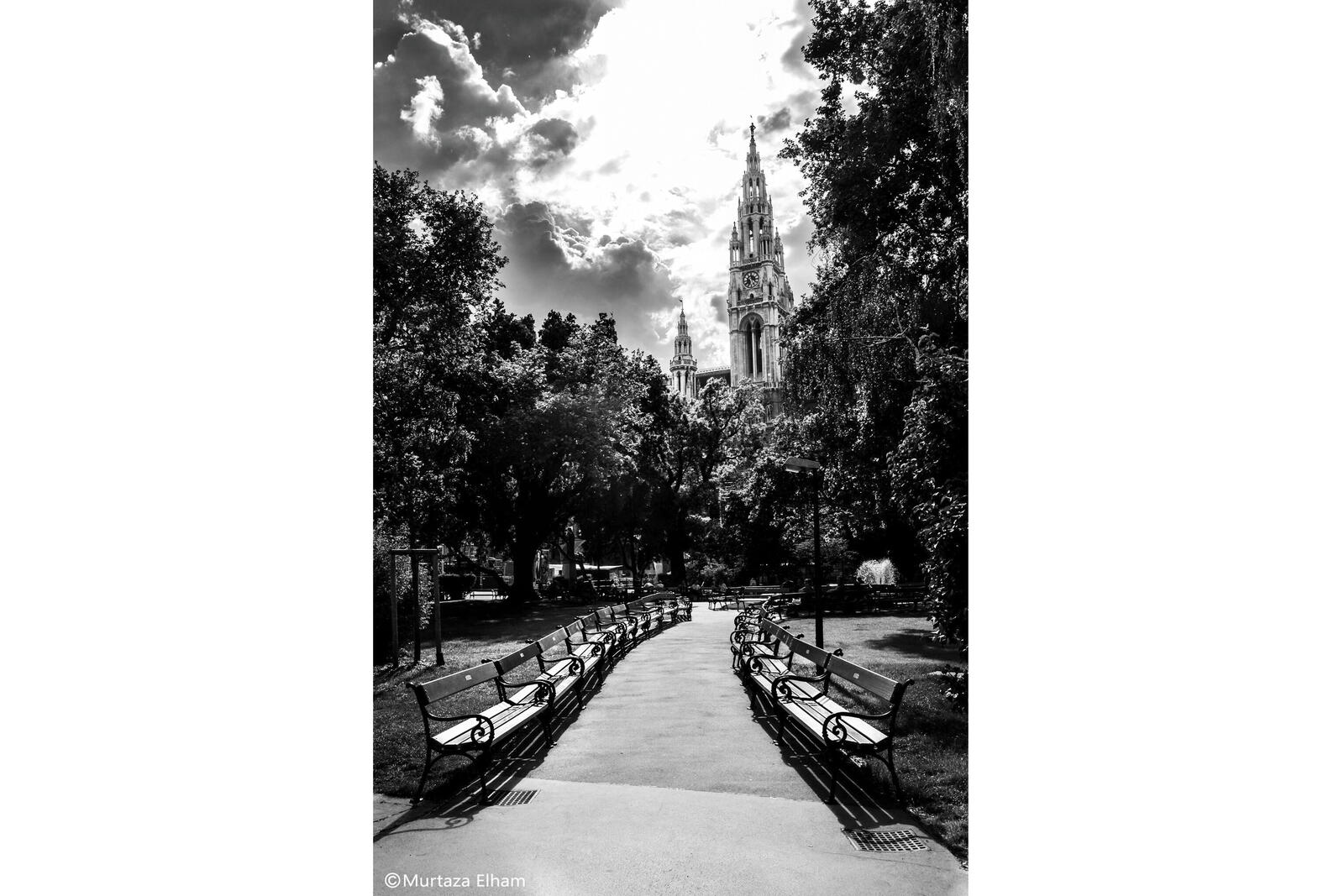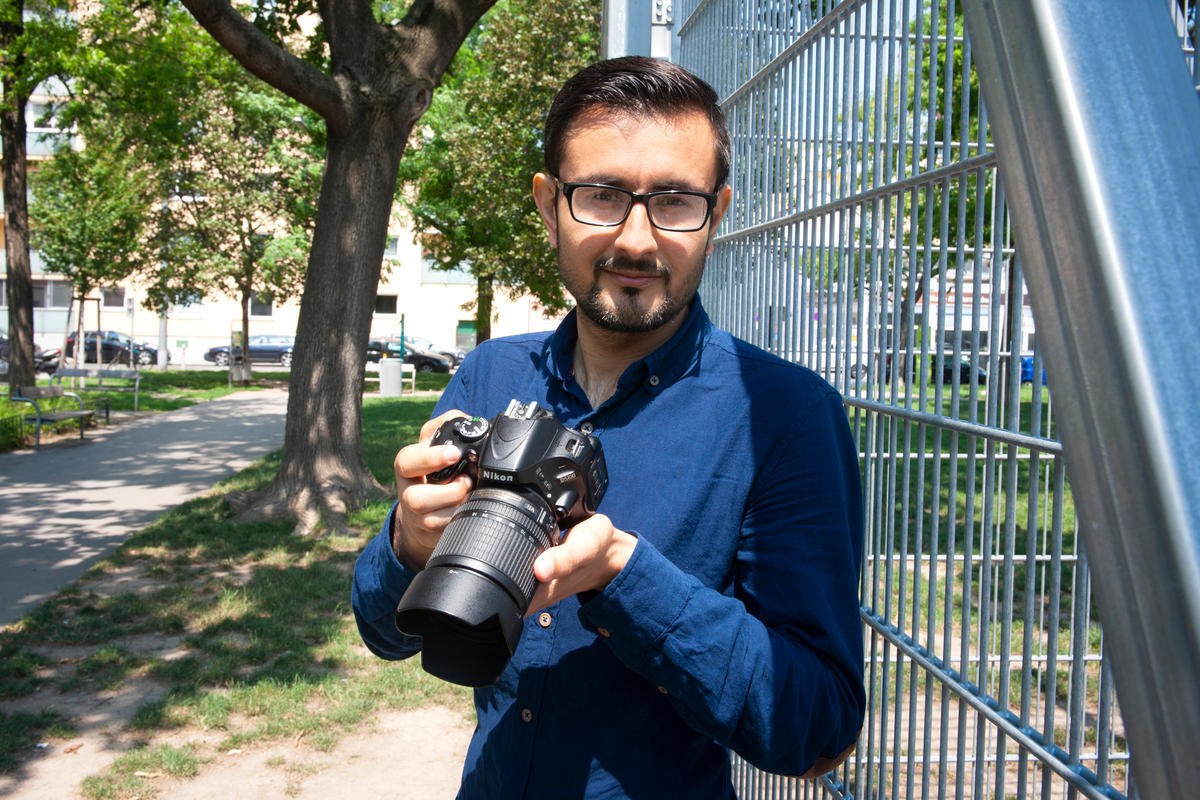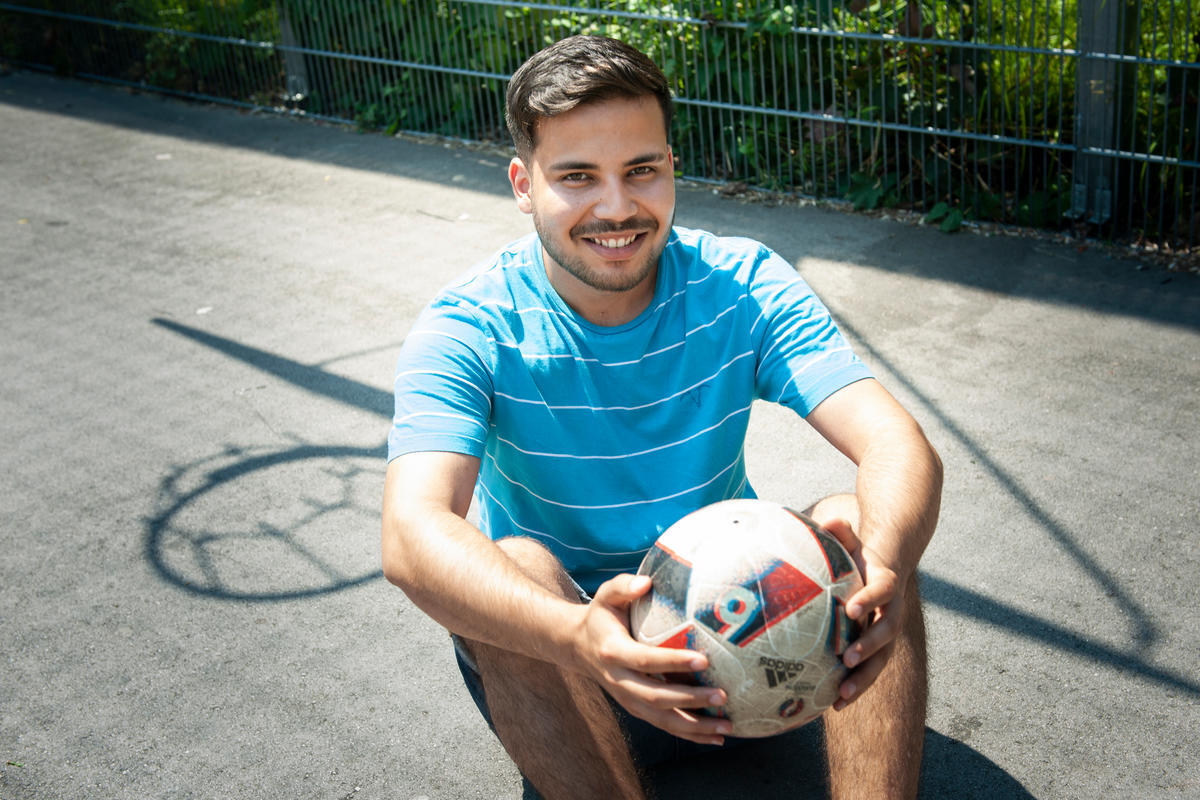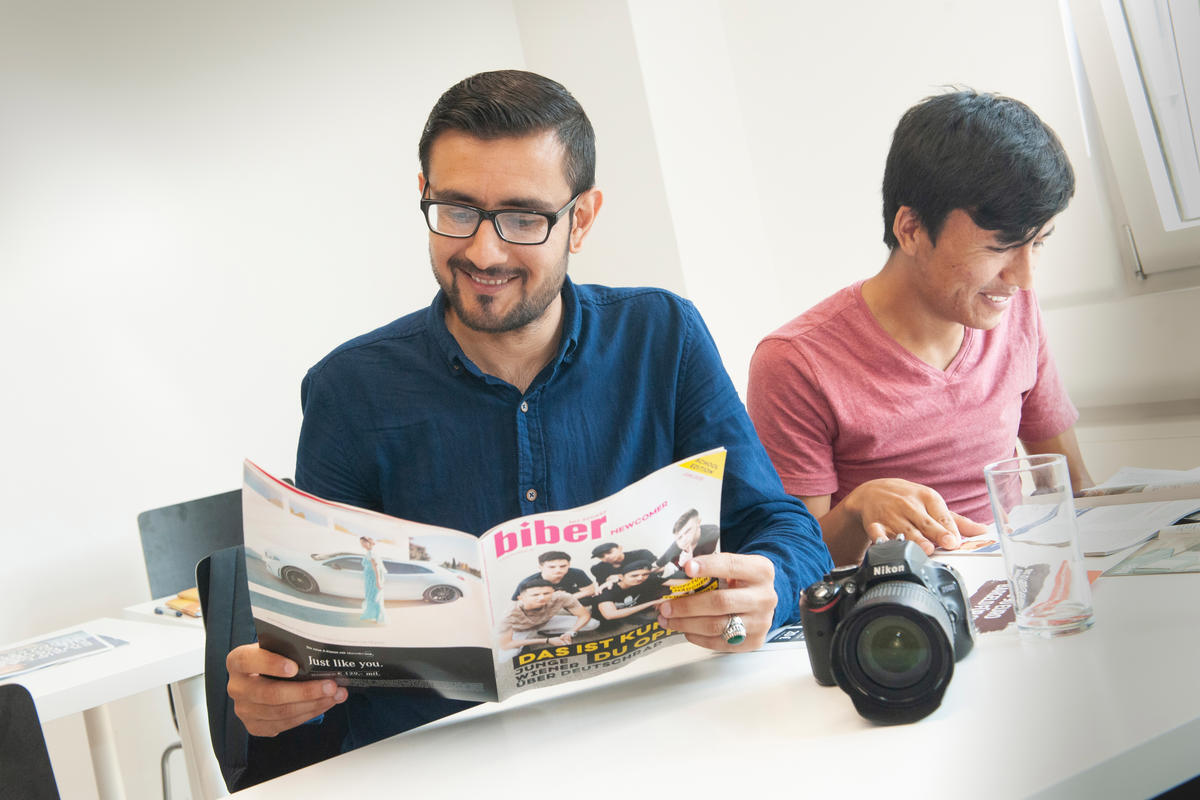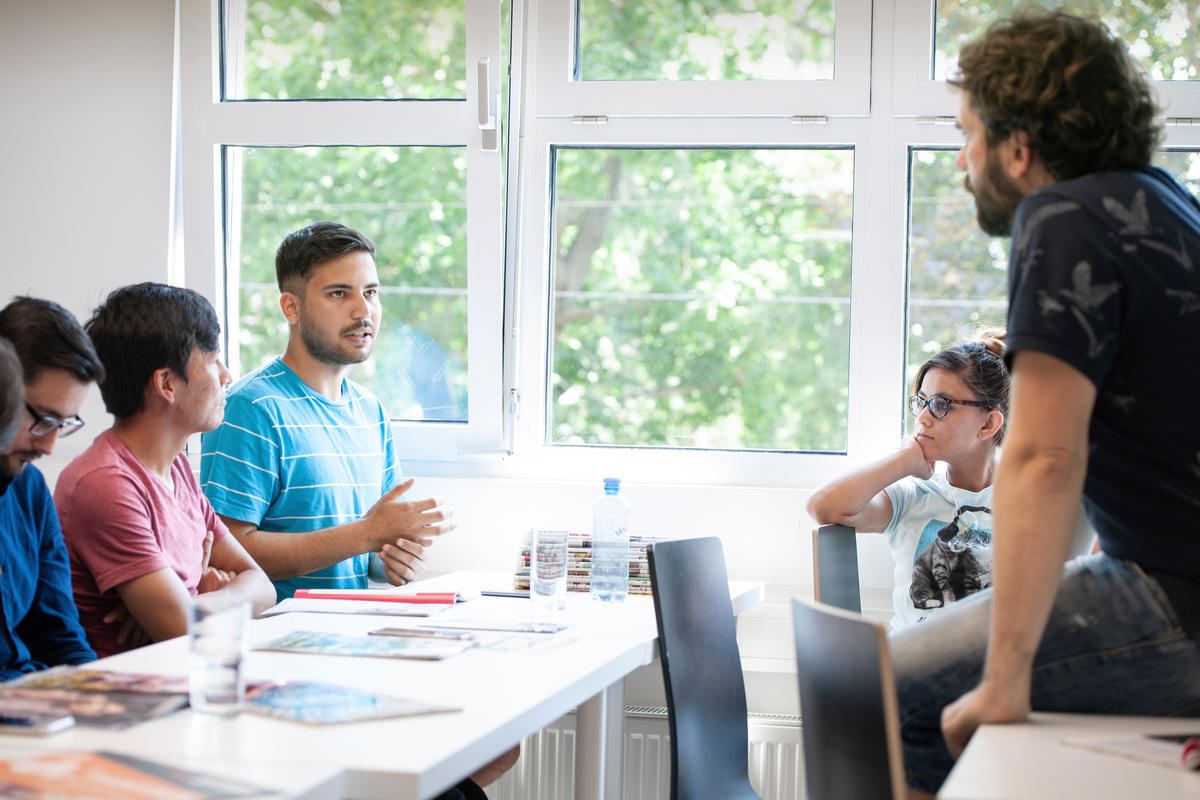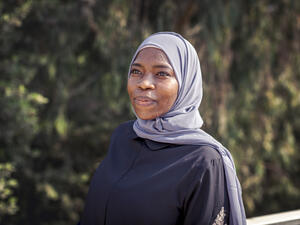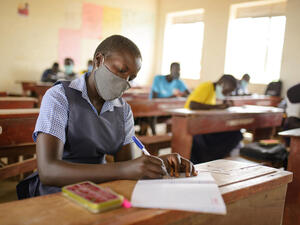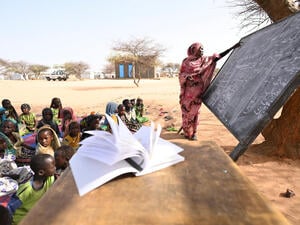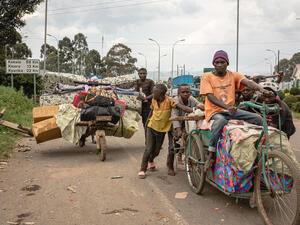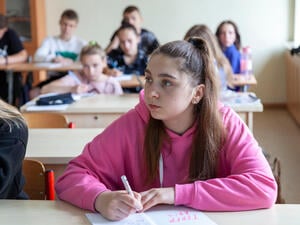Magazine's media studies course is good news for refugees
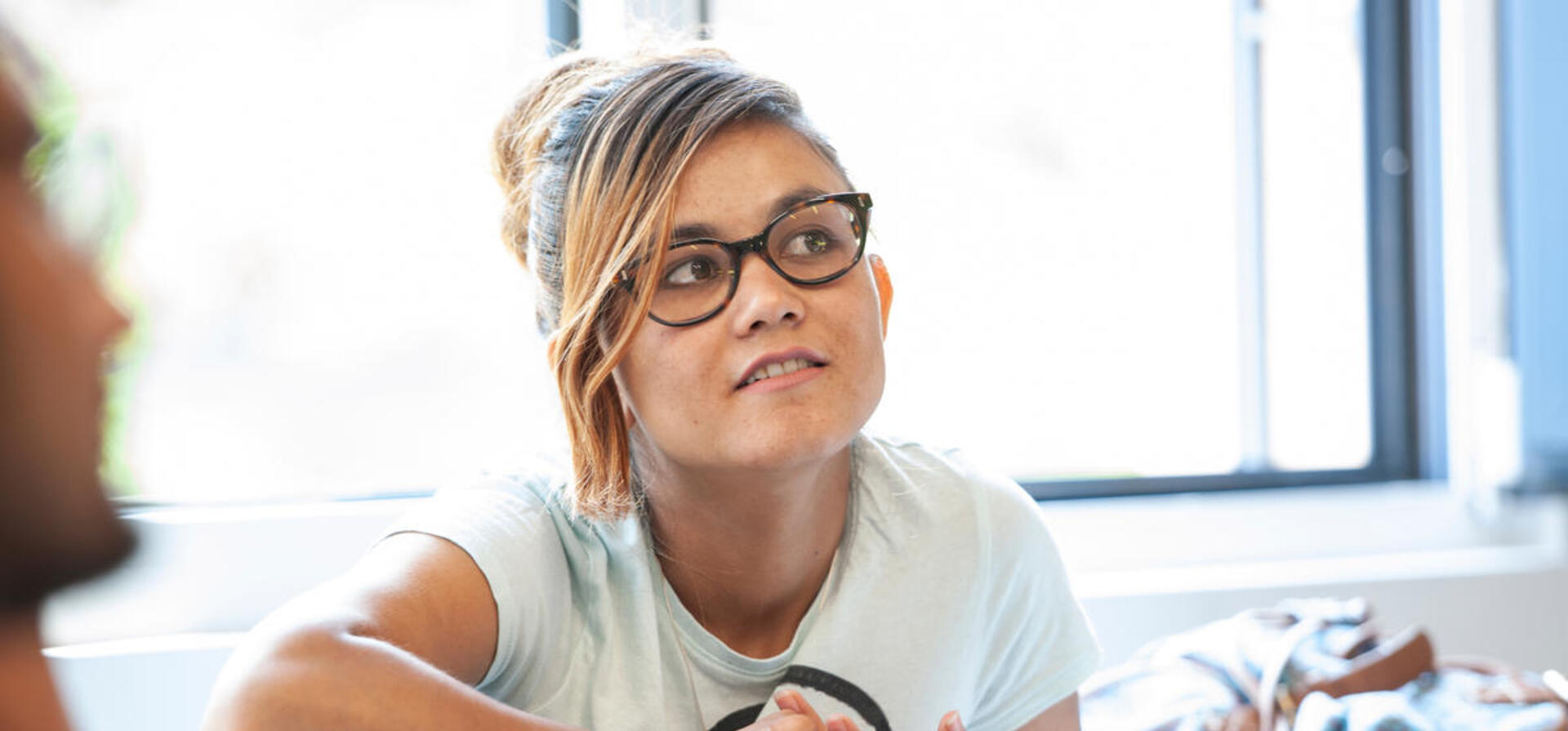
Magazine's media studies course is good news for refugees
The morning newspapers are spread out on desks and the journalism students are considering the headlines. What is happening in the world? What makes a good story?
They decide the diplomatic moves between the United States and North Korea are less compelling than the story of migrant Mamoudou Gassama, the “Spiderman of Paris”.
In May, the 22-year-old asylum-seeker from Mali was offered French citizenship after climbing up an apartment block to rescue a toddler dangling from a balcony.
“He set a good example,” says one student. “It encourages others.”
“Certainly, he was a hero,” says trainer Amar Rajkovic. “We’ll come back to this story later.”
Rajkovic’s students are asylum-seekers, from Iran, Iraq and Afghanistan. They are taking a four-month course in media studies run by the Austrian news magazine Biber.
Biber was founded in 2006 by Austrian political journalist Simon Kravagna. Migration from the Balkans and Turkey was changing the face of Vienna. In order to reflect this, he took on writers from different ethnic backgrounds.
“I sympathize with the refugees.”
When the refugee crisis erupted in 2015, Kravagna said he again felt he had to do something.
Biber launched its first course for recognized refugees in 2017 and some of those students moved on to internships or jobs with Austrian publications and other companies.
The second course, running this year, is for people awaiting asylum decisions. While these are pending, they are largely barred from the Austrian labour market.
A dozen, both men and women, were selected from a field of 40. They had to have media experience or a strong interest in journalism. In parallel, Biber is running another course aimed specifically at refugee women.
At the end of the courses, the students’ work is published in a special edition of the magazine. In this way, Biber trains new arrivals and gathers stories for its readers.
Rajkovic, 36, himself came to Austria as a refugee from Bosnia-Herzegovina at the age of 12. He works as a journalist at Biber and carries out the media training on top of his editorial duties.
“I sympathize with the refugees,” he says. “I can’t deny it, it’s in me. That is why I have put so much effort into these courses, because I can see myself sitting here.”
“I hope the course will enable me to get a job and be independent.”
Rajkovic tells the students about media ownership and the tabloid press, which he blames for sometimes xenophobic coverage. Several of the students say they have suffered from xenophobic abuse but, on the whole, are optimistic about their chances for integration.
With Biber, the asylum-seekers have been studying German and European history as well as media topics. Even if the course does not lead to a career in journalism, the training helps them move into the world of work.
“I thought I wanted to be a journalist,” says Narges Ayubi, 20, from Afghanistan. “But now I see there are too many languages that I speak imperfectly – Hazaragi, Dari, German, English… Still, I hope the course will enable me to get a job, earn money and be independent.”
Those working with pictures or video rather than text may have a better chance of entry into the media. Murtaza Elham, 31, from Afghanistan, was already an accomplished photographer when he joined the course, hoping to further improve his skills. He has had photos published by the Danube Island Festival, an open-air music event, and has contributed the black and white image of Vienna City Hall published with this story.
Mortaza Haidari, 22, born in Iran of Afghan parents, hopes to use what he has learnt to write a book. He says he lived “between two wars” (Afghanistan and Syria) and remembers the harrowing journey over land and sea to reach Europe.
The class returns to discussing the case of the Malian migrant who rescued the child in Paris.
“Does this mean we now have to walk the streets, looking for children to rescue?”
Does this mean we now have to walk the streets, looking for children to rescue?” asks one student.
Rajkovic tells the class the case would make an excellent “pro and contra” column for a newspaper, listing the arguments for and against singling out heroes for special treatment.
“How else could we follow it up?” he asks. Students suggest interviewing those involved. Someone points out the importance of having an interpreter if the interviewee does not speak your language.
One thing leads to another, as it does in journalism. The students start to speak of their own experiences during their asylum procedures, some difficult. It turns out that several are appealing against negative asylum decisions.
The fear of receiving a final refusal or the blow of being rejected haunts them.
Omid (not his real name) says the Taliban threatened to kill him and yet he received a refusal. The conclusion was that if his own city was unsafe, he could go instead to the Afghan capital, Kabul.
Sensing a story, Rajkovic asks the students to write about how they and their friends have fared at asylum interviews. Biber, fearless in its pursuit of news, is preparing to cover the growing issue of applications, by Afghans in particular, being turned down, despite Afghanistan becoming increasingly unstable.

